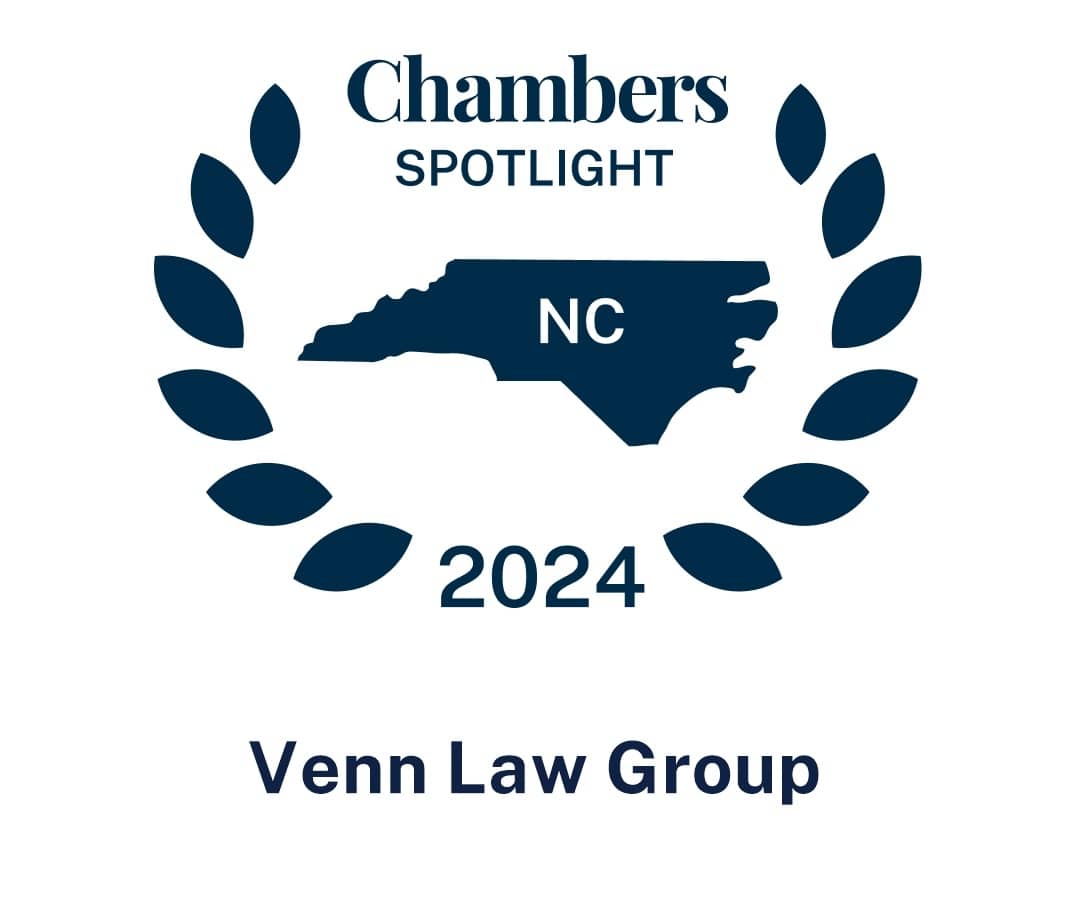I had to look twice. A national fast-food restaurant chain sign said $5K signing bonus for new employees. My immediate thought was that the “K” was a mistake. It wasn’t.
The screen on the pump at a gas station touted 12 weeks of paid maternity leave and quarterly bonuses for all new employees. At this point, I’m re-thinking my career options.
Due to the unprecedented challenges of the past two-plus years, companies of all sizes have had to adjust their idea of what a “good employee” looks like and how to create a work environment that is flexible and supportive. As a result, increased benefits and wage rates are commonplace across all industries. And businesses continue to scramble to find enough employees to operate “normally.”
Furthermore, this ever-changing environment makes your employees even more valuable to your competitors. So, what can you do as a business owner to incentivize and retain your employees?
This blog provides insights into what motivates today’s employees and how to determine the best employee incentives and retention strategies to ensure a consistent workforce.
Why Cash Isn’t King to Your Employees
As COVID continues to grip the nation, businesses throughout the U.S. have reduced operating hours and have offered much higher than average hourly rates and salaries to entice new employees to work and keep existing employees. Unfortunately, numerous companies have closed because of staffing shortages. So why aren’t people excited and incentivized to go back to work? It’s because life has changed.
The pandemic forced businesses to send their employees home and work remotely. However, if they were part of an essential business, they had to risk exposure to COVID-19 or work from home. Schools were closed or offering classes remotely. People had to radically adjust how they lived and what they spent. Some people had to move.
More than 842,000 deaths have been related to COVID-19. In addition, many businesses have lost at least one employee or have had to change operations, at least temporarily, because of COVID-19 infections. Through all these experiences, employees’ priorities have changed. Good health and safe working conditions became the primary driver of employee satisfaction. Wages, while still important, dropped in the rankings.
What Do Your Employees Want?
If you want to keep your employees (or attract new ones), you need to think beyond the traditional benefits of a retirement plan, health insurance, paid time off, and other “standard” subsidies. Instead, you need to know what motivates your employees in today’s environment and the type of employees you want to grow your business.
You won’t find the answer to this question in a book, seminar, or study. There aren’t any general standards you can apply to a group because you aren’t trying to hire a group or keep a group. You also won’t “just know” what these employees want. You want to hire and retain the right people, and you have to think about your incentives individually.
Finding the Right Incentives for Employees
You have some great employees. You want them to stay and to reward them. You want them to want to work with you. (cue “I Want You to Want Me” by Cheap Trick)
So how do you know what motivates them?
Don’t Treat Them Like Kids
Many employers tell their employees what the employees want. Then, the employers decide on an incentive plan based on what the employer thinks and has read. This premise is not based on feedback from the employees they want to reward. That’s a mistake.
If you want to reward the employees, ask them what they want.
How do you ask? If you ask directly, you may not get the complete answer.
Why?
- Your employees may say what they think you want to hear.
- Your employees may not know.
- They may need to know more and have time to consider how to respond.
This Is The Way
In our experience, it helps to have a third party involved in the discussion process, as the “outsider” can provide a neutral environment where employees can speak more freely. This person can also help better communicate ideas and desires among individuals. There won’t be a history between this person and the others, which might impact how each person views what is said.
How does the process work?
We:
- Provide questions for each employee to review before we meet;
- Talk individually with each employee;
- Summarize what we think is important;
- Ask each employee to approve our sharing the summary; and
- Talk with the owner about the best incentives for the employees based on what we learned.
This format provides the best information for making a decision. It also allows the employees to help create their own incentives, leading to a more satisfied and engaged workforce.
To learn more contact us, at info@vennlawgroup.com.
 Gary W. Smith is an attorney at Venn Law Group with more than 20 years of experience providing legal counsel and innovative solutions to business owners and management teams. His areas of focus include mergers and acquisitions, succession and exit planning, securities and capital structures, business structures, and tax. In addition, he excels at navigating the legal complexities of diverse industries ranging from professional services and IT infrastructure to manufacturing and real estate.
Gary W. Smith is an attorney at Venn Law Group with more than 20 years of experience providing legal counsel and innovative solutions to business owners and management teams. His areas of focus include mergers and acquisitions, succession and exit planning, securities and capital structures, business structures, and tax. In addition, he excels at navigating the legal complexities of diverse industries ranging from professional services and IT infrastructure to manufacturing and real estate.

